PDRN treatment has gained popularity as a regenerative therapy aimed at enhancing skin health and promoting tissue repair. This innovative approach utilizes a specialized compound derived from DNA fragments to stimulate cellular regeneration and repair processes. As a non-invasive treatment option, PDRN is often sought by individuals looking to improve skin texture, elasticity, and overall rejuvenation. Understanding how PDRN treatment in Abu Dhabi works and its similarities to growth factors can help users make informed decisions about their skincare and regenerative needs.
What Is PDRN and Its Role in Regeneration?
PDRN, or Polydeoxyribonucleotide, is a DNA-derived substance that plays a crucial role in cellular repair mechanisms. It functions by supplying nucleotides necessary for DNA synthesis, thereby supporting the regeneration of damaged tissues. When administered, PDRN stimulates the proliferation of fibroblasts and enhances collagen production, leading to improved skin firmness and elasticity. Its ability to accelerate tissue repair makes it a valuable tool in aesthetic medicine, especially for those seeking natural-looking skin rejuvenation.
The Science Behind Growth Factors
Growth factors are naturally occurring proteins that regulate cellular growth, differentiation, and healing processes. They act as signaling molecules, instructing cells to perform specific functions vital to tissue repair. These proteins are essential in wound healing, tissue regeneration, and maintaining skin health. By promoting cell proliferation and collagen synthesis, growth factors contribute significantly to skin rejuvenation and repair, making them a cornerstone in many regenerative treatments.
Similarities Between PDRN and Growth Factors
Mechanism of Action
Both PDRN and growth factors operate through stimulating cellular processes that lead to tissue regeneration. They enhance cell proliferation, promote collagen production, and facilitate angiogenesis—the formation of new blood vessels—which is essential for delivering nutrients and oxygen to repairing tissues. This shared mechanism underscores their effectiveness in skin rejuvenation and regenerative therapies.
Biological Signaling
At their core, both PDRN and growth factors serve as biological signals that activate specific pathways within cells. They bind to cell surface receptors, triggering cascades that result in increased cellular activity and tissue repair. This signaling capability is fundamental to their role in accelerating healing and improving skin quality.
Application in Aesthetic Medicine
In aesthetic treatments, both PDRN and growth factors are used to address signs of aging, skin damage, and volume loss. They are often administered through injections or topical formulations to stimulate natural regenerative processes, resulting in healthier, more youthful skin. Their ability to work synergistically with other therapies enhances their appeal in comprehensive skincare regimens.
Differences Between PDRN and Growth Factors
While they share similarities, PDRN and growth factors differ in their origin, stability, and specific biological actions. Growth factors are complex proteins that can be sensitive to environmental conditions and require precise dosing. PDRN, being DNA-derived, tends to be more stable and can be more easily integrated into various treatment protocols. Understanding these differences enables practitioners to optimize treatment strategies based on individual patient needs.
Benefits of PDRN Treatment in Skin Rejuvenation
PDRN treatment offers numerous benefits, including improved skin texture, increased elasticity, and a reduction in fine lines and wrinkles. Its regenerative properties also support faster healing of scars and skin lesions. As a natural stimulator of the body’s repair mechanisms, PDRN provides a gentle yet effective approach to achieving healthier and more youthful skin, making it a preferred choice in regenerative aesthetics.
The Role of PDRN in Tissue Repair and Healing
Beyond skin rejuvenation, PDRN plays a vital role in supporting tissue repair in various medical fields. Its ability to promote angiogenesis and cell proliferation accelerates healing in wounds, ulcers, and other tissue injuries. This broad applicability highlights its versatility as a regenerative agent and its potential to enhance recovery in different clinical contexts.
Combining PDRN with Other Therapies
For optimal results, PDRN treatment can be combined with other regenerative therapies such as PRP (Platelet-Rich Plasma) or laser treatments. This multi-modal approach harnesses synergistic effects, amplifying skin rejuvenation and repair outcomes. Combining therapies allows for customized treatment plans tailored to individual skin concerns and aesthetic goals.
The Treatment Process of PDRN
The process typically involves a series of injections administered at specific intervals. Prior to treatment, a consultation helps determine suitability and customize the protocol. During the procedure, the PDRN solution is injected into targeted areas to stimulate cellular activity. Post-treatment care includes recommendations to maximize results and support healing.
Expected Outcomes and Maintenance
Patients can anticipate gradual improvements in skin quality, with visible enhancements in texture and elasticity over time. Regular sessions may be recommended to sustain and enhance results. Maintaining a healthy skincare routine and following practitioner advice can prolong the benefits of PDRN treatment.
FAQs About PDRN Treatment Abu Dhabi
Q1: How does PDRN treatment compare to traditional anti-aging methods?
PDRN treatment offers a natural approach by stimulating the body’s own regenerative processes, often resulting in more subtle and long-lasting improvements compared to invasive procedures.
Q2: Is PDRN suitable for all skin types and ages?
Generally, PDRN is suitable for most skin types and ages, especially those seeking to improve skin health and combat signs of aging, but a consultation is recommended for personalized assessment.
Q3: How many sessions are typically needed to see noticeable results?
While individual responses vary, most patients experience noticeable improvements after a series of sessions, often spaced a few weeks apart, with optimal results developing over time.
Q4: Can PDRN treatment be combined with other aesthetic procedures?
Yes, PDRN can be safely combined with various aesthetic treatments such as laser therapy, microneedling, or chemical peels to enhance overall skin rejuvenation outcomes.

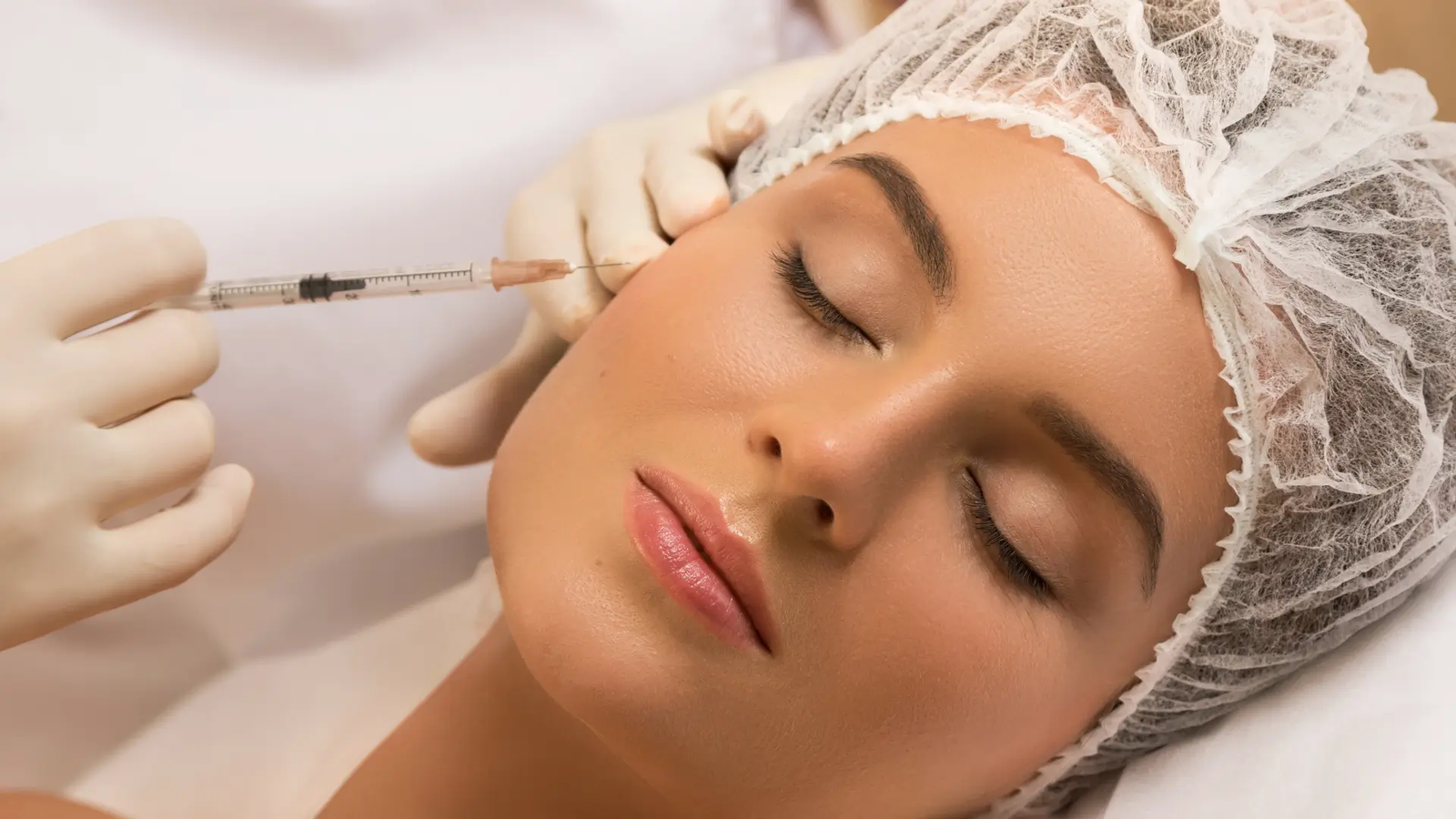
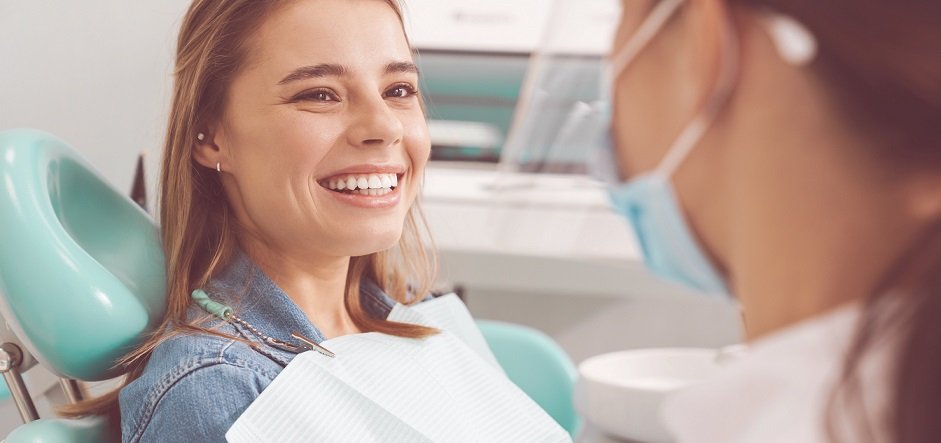
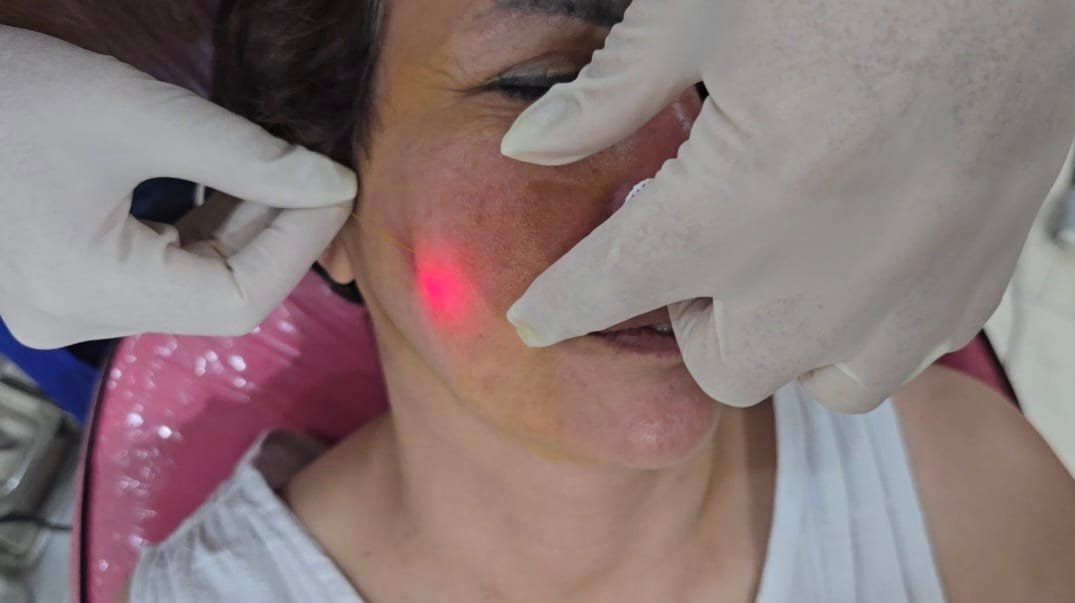
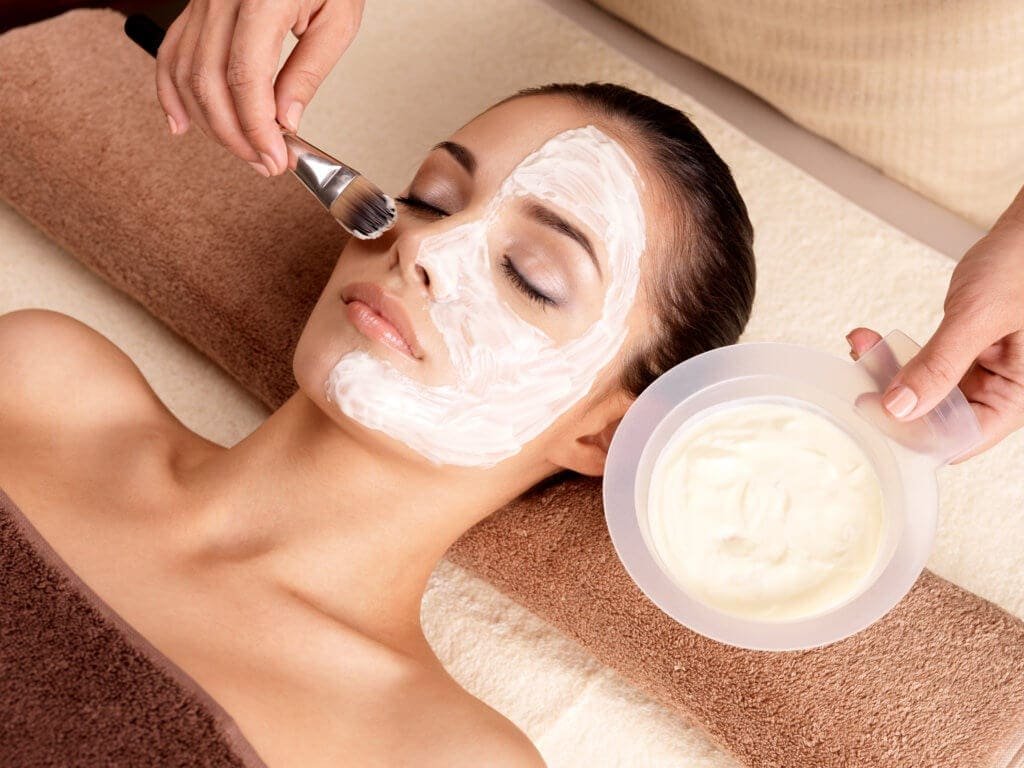
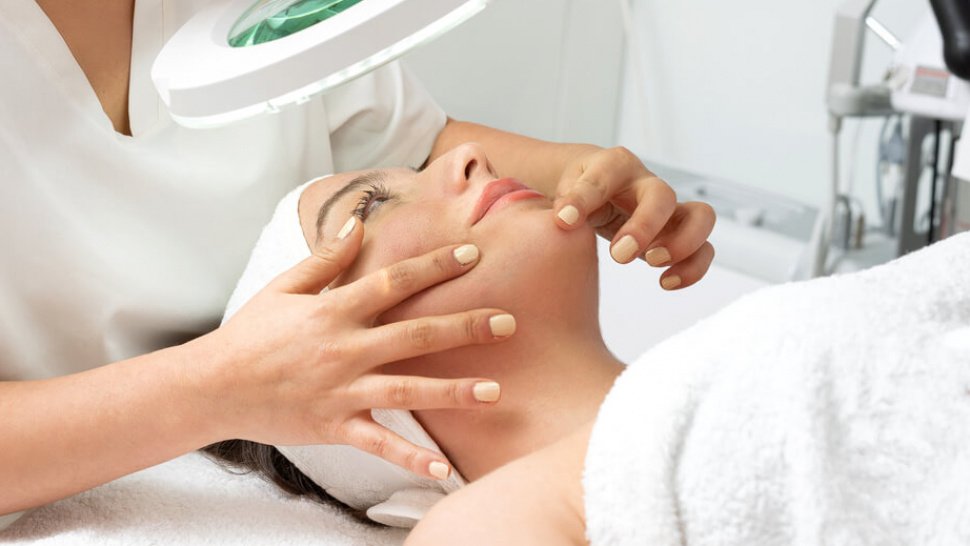

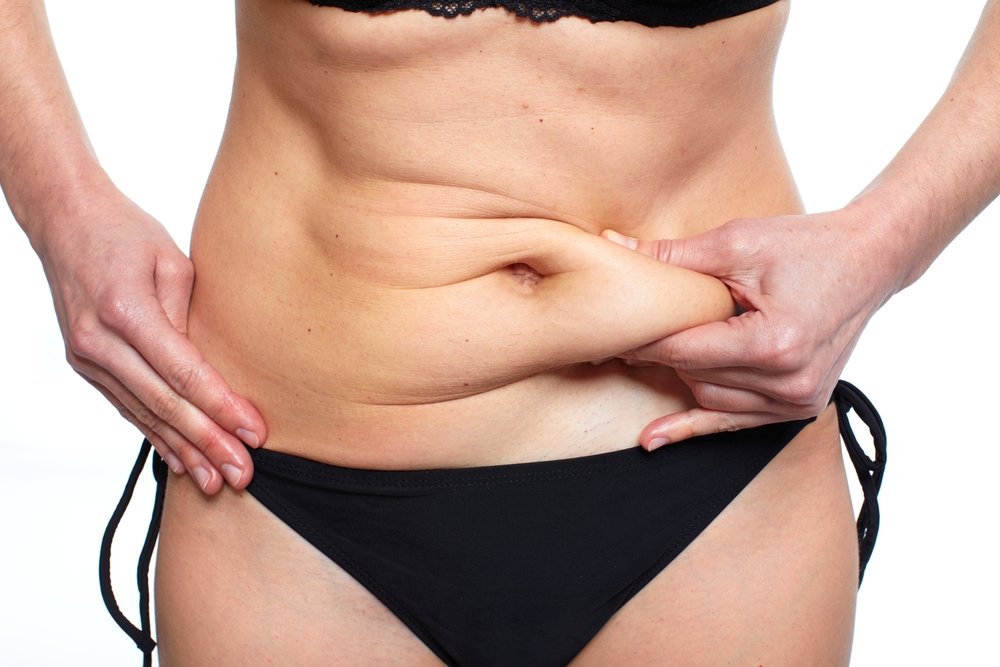
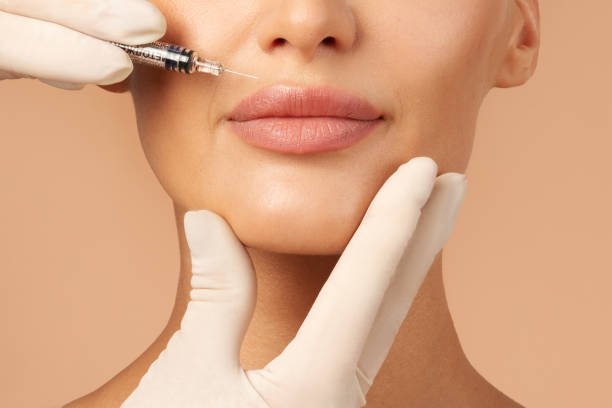

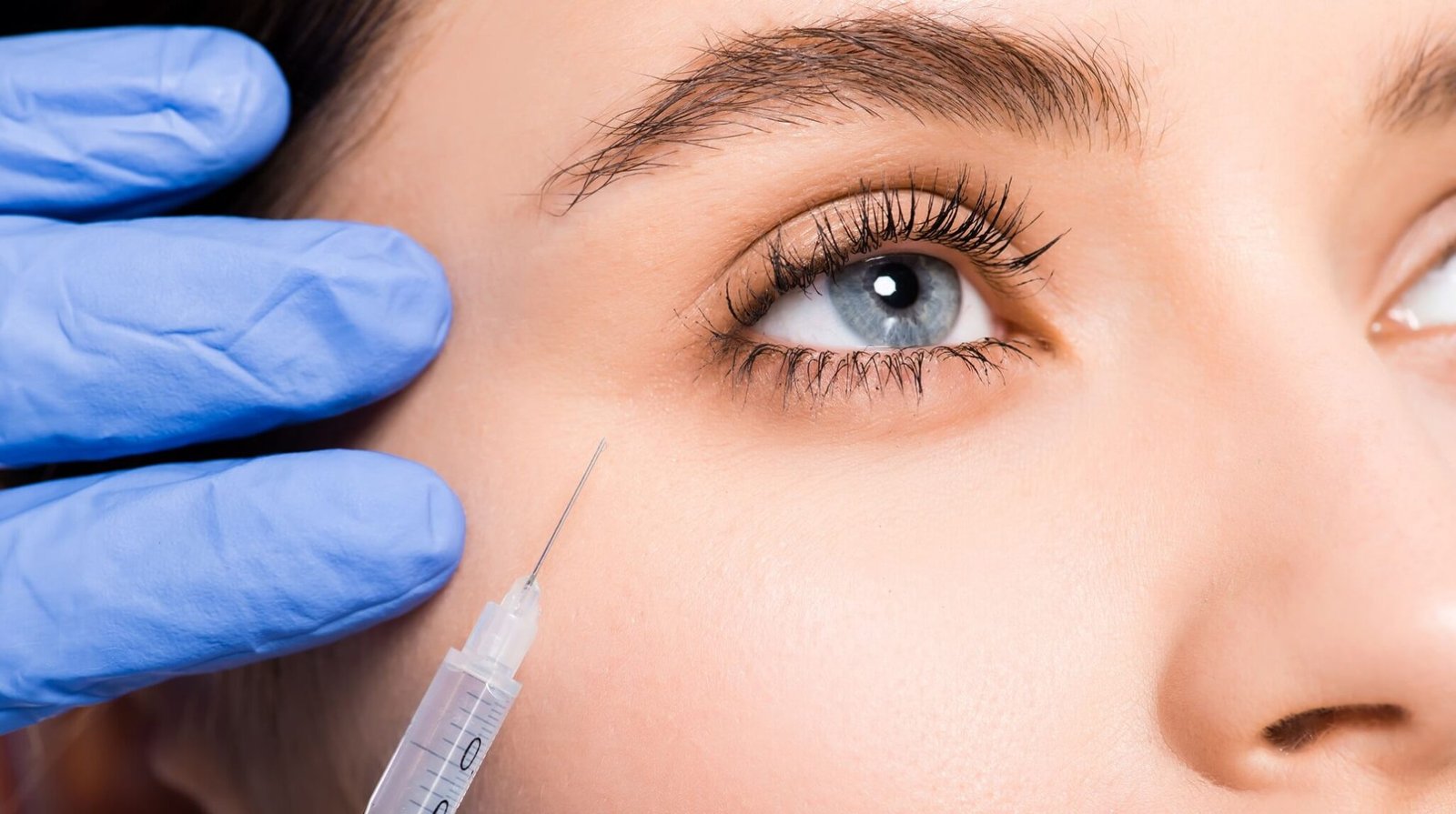
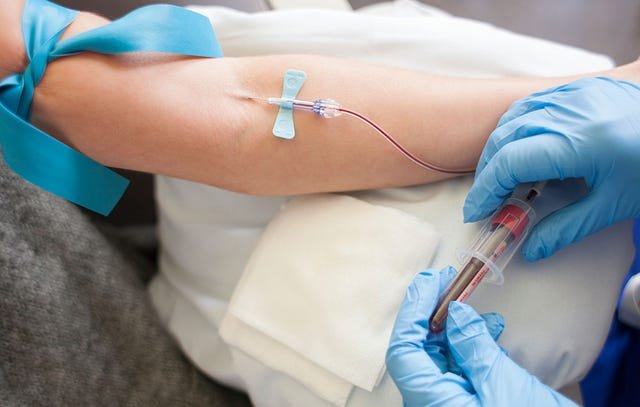
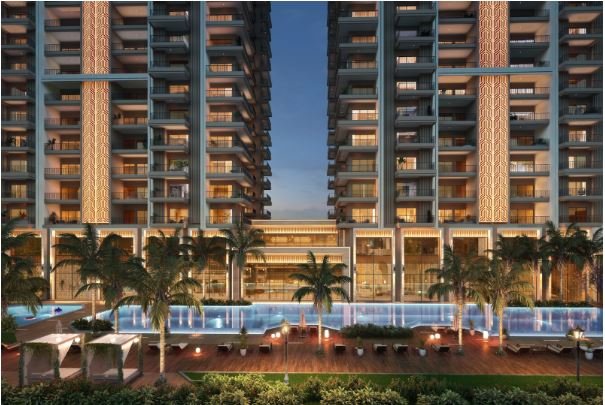
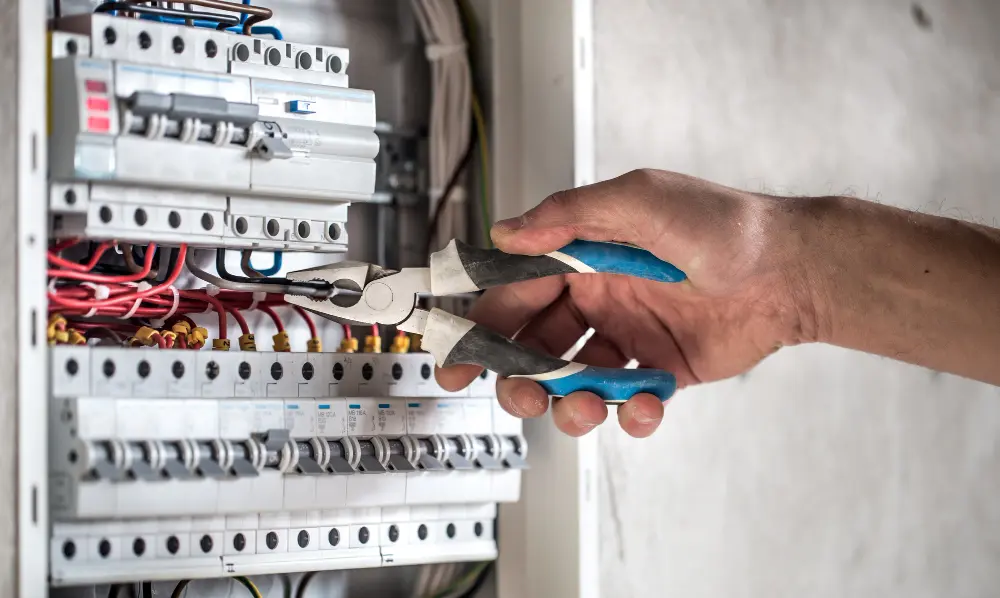


Leave a Reply